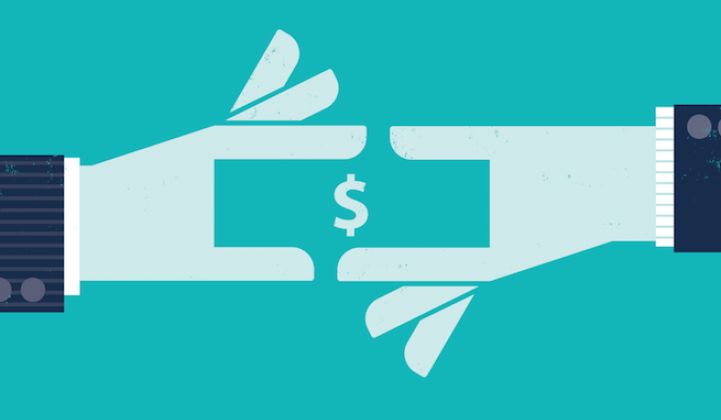The advent of solar power has undoubtedly disrupted the energy market. And with electricity costs on the rise, commercial and industrial users are increasingly weighing its value.
According to the Solar Energy Industries Association’s Solar Means Business report, as of mid-2014, more than 4,500 megawatts of commercial solar PV were installed at over 40,000 business, nonprofit and government locations throughout the U.S.
With the uptick in solar investment comes more questions around the value of the renewable energy source among consumers and businesses. How much money can be saved by opting for solar panels? Is solar the best place to put an energy-saving investment among several options?
Solar vendors aren’t always the trusted source for such questions. So to whom should consumers turn?
The answer is utilities. A recent study by Opower showed that 77 percent of U.S. customers select their utility as the preferred source of energy information. Utilities are seen as objective sources of intelligence regarding how consumers use energy and where there is room for cost savings. For instance, one FirstFuel utility client receives more than 75 calls per day -- equivalent to 15,000 to 20,000 calls per year -- from its commercial customers about solar.
So what should a utility be thinking about when it gets these calls?
The opportunity: Becoming a trusted advisor
With business customers increasingly expressing interest in solar, utilities have a chance to become trusted advisors to their customers, educating them on the pros and cons of solar investment based on data-driven analysis of their particular circumstances. Further, individuals and businesses that voice interest in solar are the perfect candidates to engage in energy-efficiency programs.
With advanced analytics, the best energy providers unlock insightful information about their customers’ energy use and advise them on smart, high-ROI options that will drive better decisions and greater bill savings. These decisions can include both retrofits and simple operational changes that can add to solar savings or reduce solar investments.
Challenging the trend: When solar isn't the answer
Sometimes solar power is not all that it is promised when it comes to savings, and business customers specifically must be aware of that. There can be situations where a building installs solar only to find that their overall energy spend increases rather than decreases. For example, a recent FirstFuel analysis of a school found that it actually increased its energy spend by 9 percent as a result of its PV investment due to associated “power factor” costs.
To avoid making these costly mistakes, customers can work with their utilities to understand what their energy profile looks like. This process enables consumers to identify areas in which they can reduce energy costs while still meeting their personal demands.
For instance, the school could have avoided the additional costs by first working with its utility to determine that operational changes -- as simple as avoiding simultaneous heating and cooling -- may have served as a more cost-efficient solution for bill reduction. A better understanding of the building’s energy use, which could have easily been provided by the utility, might have also highlighted some efficiency changes to complement the solar addition and avoid the power-factor surcharge.
Setting customers up for future success
Utilities can also use advanced analytics to better help those customers who implement solar. According to Deutsche Bank Investment analysts, “Solar energy systems will be up to 80 percent grid parity [by 2017] and in all 50 states of the U.S., irrespective of gas and energy prices.”
In other words, a lot of business customers are going to have solar, and it is important to be able to consider that as a factor to help customers who call in with problems to recommend rate plans or advance DSM programs.
Leading utilities that provide quick, personalized and actionable information are best positioned to stay strong and relevant in the fast-changing energy market. They will enhance their relationships with customers and gain more information with which to aid everything from grid operations to service to strategy and regulatory filings -- setting the stage for a more lucrative long-term position.
At the same time, customers win by getting the guidance they need to navigate increasingly complex energy options and make smart usage decisions for their businesses.
***
Indy Ratnathicam is the vice president of marketing and strategy at FirstFuel.



